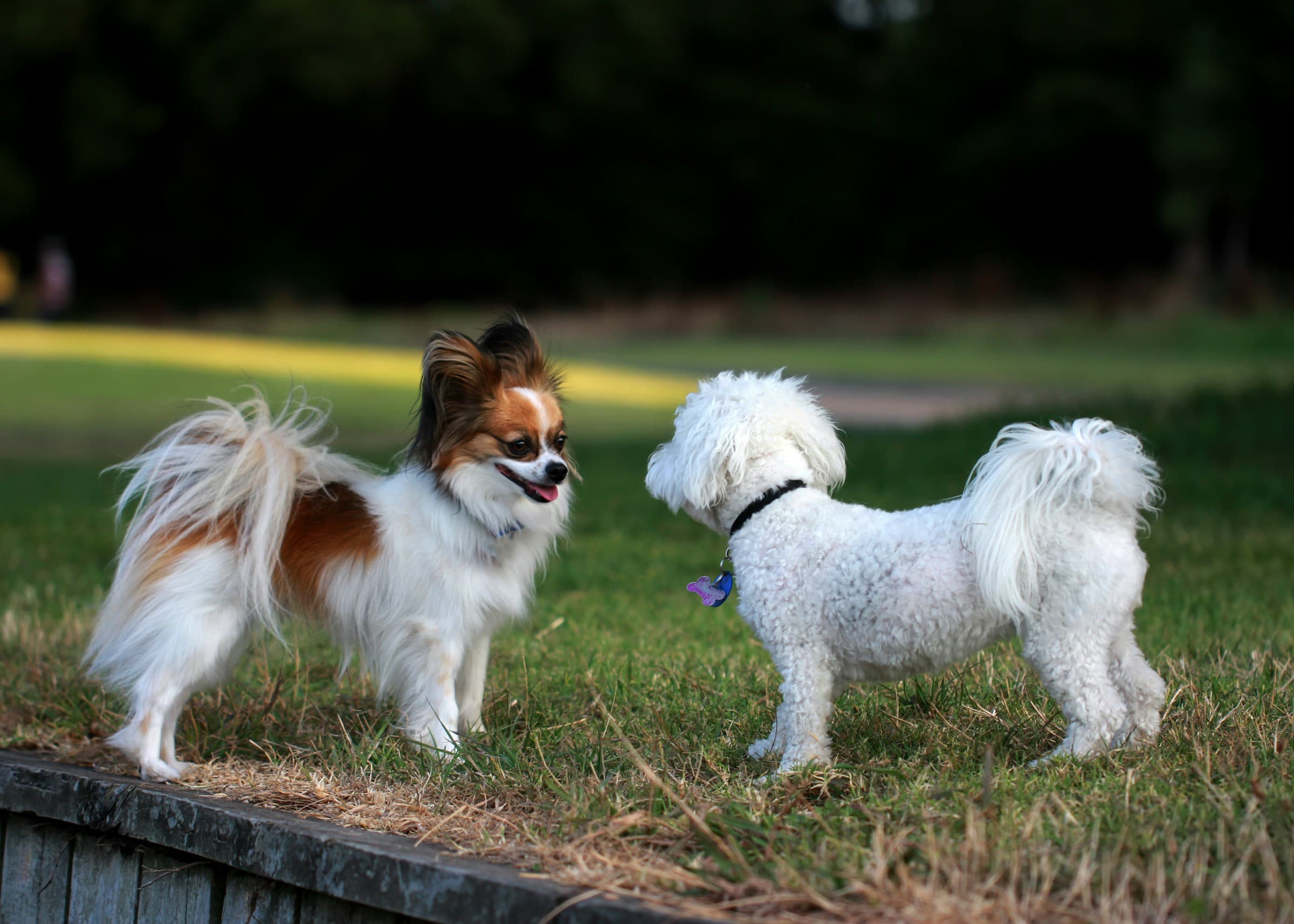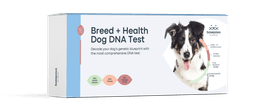You must have experienced seeing different parasites on your pet dog several times, which can have discomforting and concerning effects. Lice are one of these pests that often go unnoticed if not during close inspection. Here we will guide you through what you need to know about these parasites, how to spot them for early treatment, and prevent them from infesting your pet.
What Are Dog Lice?
A louse, lice bug, is small and doesn't usually have wings. They feed on the dog’s blood and are often species-specific—meaning they can’t infect other species like humans or other animals. They are not as common as fleas but when they get on your dogs, they can be very uncomfortable and even make your pet sick.
Types of Lice That Affect Dogs
Dog lice are divided into two kinds, which infest dogs:
Chewing lice (Trichodectes canis), which are more common in dogs and feed on dead skin
Sucking lice (Linognathus setosus), which feed on blood and even though they are less common, they usually cause more serious problems.
Dog Lice vs. Fleas: Key Differences
Even though lice on dogs and fleas are both parasites, they are different in a few important ways:
Fleas are harder to find than lice because they move faster. Lice are slower and may become attached to hair.
Dog lice are species-specific. Fleas, on the other hand, can affect multiple animals and even humans.
Lice usually spend most of their time on dogs particularly the blood sucking type.
Symptoms of Lice Infestation
You can get rid of the problem effectively if you notice the signs of lice early on. The following are common symptoms that may sometimes go unnoticed:
An excess in biting scratching, itching, or licking of the skin
Visible eggs (nits) or lice on the fur
Presence of bald or hair-less patches, or shedding that is more than usual
Restless behavior and a pet may sometimes be easily irritable
Redness may be seen on the skin due to irritation and inflammation, which may lead to infection
Anemia due to the continuous blood loss from a sucking lice may be seen in worst cases
If any of these things start to appear on your dog, you need to be wary and have them checked up by your vet so that assessment and treatment can be done right away.
How Do Dogs Get Lice?
Can dogs have lice? Yes, dogs can have lice and it is of equal importance to understand how our pets can get these parasites. Doing so would mean effective preventive strategies can be set up. Usually, dogs get lice through direct contact with an animal with the same parasite. It can occur in different situations, such as:
Social interaction with dogs at kennels, grooming institutions, or even at dog parks, where they come in direct contact with other dogs who may have these parasites in them.
Sharing beds, toys, or even grooming tools with an infested dog is also a way—which makes it important for you to be very attentive when it comes to grooming facilities and ensure they clean their tools properly.
Direct contact with environments previously occupied by infested dogs.
Note, however, that poor hygiene and bad living conditions can put your dogs at higher risk of getting lice. It is important to remember as well that these parasites will not be able to infest the dog if their living conditions are clean and they are groomed properly.
Treatment Options for Dog Lice
Now, to the treatment options—what to do if your dog, unfortunately, gets infested with lice. There are several choices available:
Topical medications are applied directly to the dog’s skin but you should always consult your veterinarian for the best options.
Oral medications are also available. It must be prescribed by a veterinarian and should follow a strict regimen.
Special shampoos may be effective in getting rid of lice.
You can manually remove the lice and nits using a fine-toothed comb as an adjunct to other treatments.
You should always follow the directives of your veterinarians. If medicines were prescribed, a full course of treatment should be followed to ensure that all lice and nits are gone. You should also treat the environment where your dog usually stays to prevent reinfestation.
Preventing Dog Lice
Preventing canine lice has always been better than cure and here are some of the ways you can keep these parasites away:
Grooming your dog consistently and regularly checking their coat for any visible signs of lice or presence of other parasites.
Practice good hygiene by washing their beddings and keeping their living space clean at all times.
Do not let your dog share beddings, grooming tools (except in facilities), or toys with other dogs that are not yours because you’re not sure if they are parasite-free.
Ask your veterinarian for any recommended flea, tick, and lice prevention products.
Isolate new pets should you decide to get another one for your household. Bring them to your veterinarian first before you allow them to socialize.
Using these recommendations is definitely worth it—particularly if it can reduce the risk of lice infestation and other parasites.
Conclusion
Dogs usually don’t get lice as often as other parasites, but when they are infested, they can still feel the discomfort and it may even cause them to fall ill. Understanding what these parasites are, how to check for them, and how to manage and avoid them are ways to keep your dogs happy and healthy.
Frequently Asked Questions
What do lice look like?
Lice are small bugs that are usually wingless. They are about 1-2 mm long. They can attach to the dog’s fur or skin and it is hard to spot them if they camouflage with the dogs fur such as light brown.
Where do lice come from?
Dogs usually get lice from other dogs that are infested with them. They are passed through direct contact, through beddings, grooming tools, or from a contaminated environment.
How do lice get on dogs from grass?
Lice don’t usually survive in the grass for long periods without a host. It is more possible that an infested dog contaminated the grass with lice—then your dog came along and became infested as well.



